When choosing between pumice and lava rock for your garden bedding, there are numerous factors to consider. From aesthetics to drainage capability it’s essential to understand the differences between these two materials so that you can make an informed decision regarding which is best for you. In this blog post, we will explore the benefits of both pumice and lava rocks as they relate to gardening. We’ll discuss their physical characteristics, structural durability, nutrient availability, cost effectiveness and beyond in order to help determine which material may be a better fit depending on your individual needs. So if you’re considering using either of these natural elements in your home garden then jump right in and let’s get started!
What Is Pumice?
Pumice is a type of igneous rock that is formed when lava cools and hardens. It has a porosity of between 2-12%, meaning it has many small air pockets throughout the material. This makes pumice lightweight, with an average density of 0.2-0.4 g/cm3, making it easier to move around in the garden without too much strain on muscles or joints. Pumice also has excellent heat insulation properties, which helps keep ground temperatures steady during hotter days, which can help plants thrive better than they would in harsher weather conditions.
Pumice is also highly porous and permeable to water; this allows nutrients and moisture to easily penetrate into its surface, allowing plants to better absorb the water they need. This also helps reduce soil compaction, which can help the growth of roots and make it easier for plants to grow in difficult terrains.
What Is Lava Rock?
Lava rock, also known as scoria, is an igneous volcanic rock formed when molten magma cools quickly. It has a rough texture with holes and gas bubbles from the rapid cooling process that give it a lightweight. The color of lava rock can range from black to red and even different shades of green. Lava rocks don’t require any special treatment before being used in gardens; they are immediately ready for use. [1]
Pumice vs. Lava Rock for Garden: Which is Better?
Popularity
Lava rock has been around for centuries and is a well-known garden material. Pumice, on the other hand, is relatively new to the gardening world. While it may take time to gain more widespread usage, pumice offers some unique benefits that lava rock cannot match.
Durability
Both volcanic materials are incredibly durable and resistant to weathering from wind, rain, sun exposure, etc. But because of its light weight and low density, pumice stones have an edge over lava rocks in terms of overall durability—they resist cracking and fracturing better than lava rocks do when exposed to extreme temperatures or harsh weather conditions.
Soil aeration
Soil aeration helps promote healthy plants by allowing them to absorb essential nutrients more efficiently. Lava rocks are heavier and denser than pumice stones, so they don’t provide the same level of aeration. Pumice stones, on the other hand, are lightweight and porous, making them ideal for soil aeration.
Moisture absorption/retention
Lava rocks tend to be hydrophilic (water-attracting) due to their high surface area—they absorb moisture quickly and hold it until it evaporates. Pumice is slightly different in that it doesn’t attract water molecules as strongly, but it can slowly release moisture into the surrounding soil over time. This makes pumice a great option for areas with long dry spells or for container gardening.
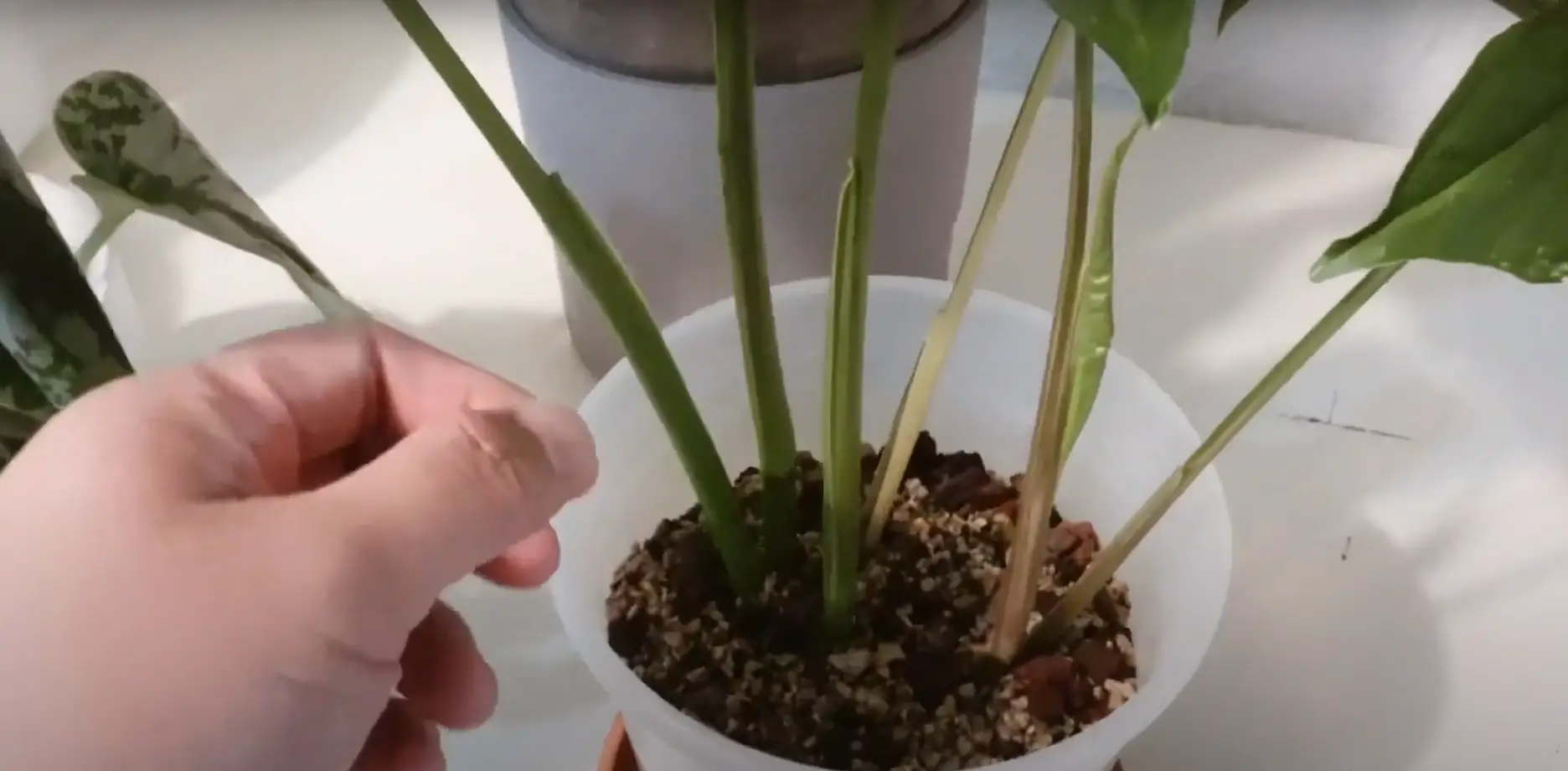
Appearance
Lava rock and pumice have very distinct appearances. Lava rock is a dark gray or black colored stone, with a rough texture. It can also be red or brownish depending on the region it comes from and its composition. Pumice, on the other hand, is much lighter in color – usually gray-white to tan – and has an airy texture with many small holes.
Particle size
Lava rock is available in a range of sizes, from very small particles to large rocks. Generally, the larger pieces are used for pathways and edging while smaller pieces can be used as mulch or for decorative accents. Pumice has an even more varied size range – ranging from grains smaller than sand to chunks as large as 4 inches across. [2]
Porosity
The most obvious difference between lava rock and pumice is their porosity – that is, how much air space there is within each particle. Lava rock has almost no air space at all; it’s dense and solid. On the other hand, pumice has a lot of small holes and crevices which fill with air when wetted.
Heat tolerance
It is another key factor for gardens that use either pumice or lava rock. Both materials can tolerate extreme temperatures, but lava rock has a higher heat tolerance level than pumice. This makes it the better choice for gardens located in very warm climates where temperatures often reach above 100°F (38°C). Pumice is also more likely to break down and degrade over time when exposed to high temperatures, whereas lava rock will remain fairly intact.
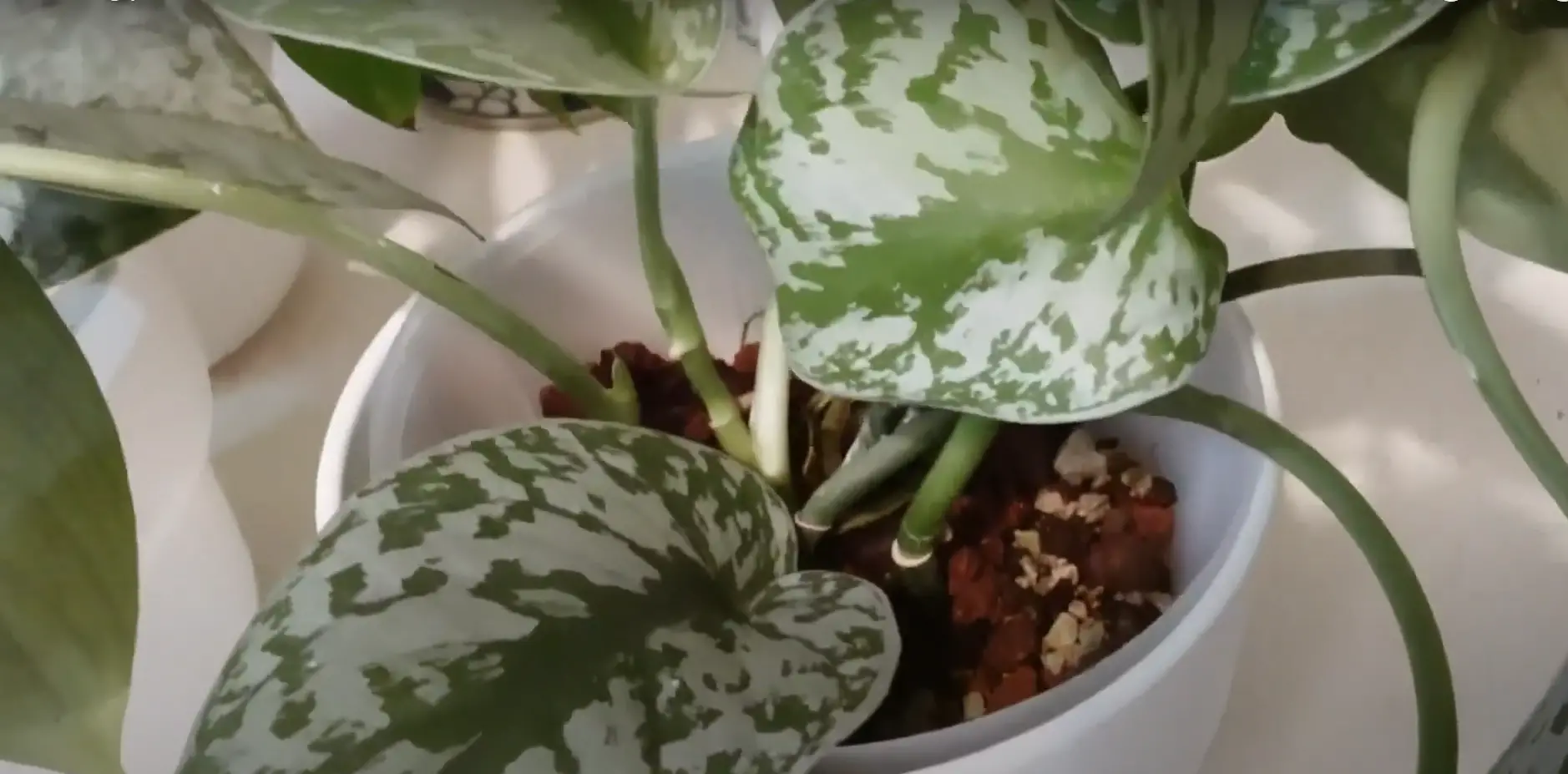
Availability
Another important factor to consider when choosing between pumice and lava rock for your garden is the availability of the material in your area. Pumice tends to be more widely available than lava rock, so it may be easier to find and purchase. However, some areas may not have access to either material and will need to source them from elsewhere or use an alternative type of soil amendment.
Cost
The cost is also something worth considering when choosing which material to use for your garden. Generally speaking, pumice is less expensive than lava rock due to its higher availability, but this can vary depending on where you are located. If cost is a deciding factor for you, it’s best to shop around and compare prices before making a purchase.
Toxicity
Finally, it’s important to consider the toxicity of each material. Lava rock tends to be more toxic than pumice due to its higher concentrations of silica and other minerals. If you have children or pets in your garden, it’s best to opt for the less toxic option of pumice rather than lava rock. It is clear that both materials are suitable for gardens, but there are several factors that should be taken into consideration when deciding which one is better.
Each material has its own advantages and disadvantages, so take the time to research them thoroughly before making a decision. Ultimately, choosing between pumice vs lava rock for your garden depends on your particular needs and preferences. [3]
Pros and Cons of Pumice
Pumice is a lightweight, porous volcanic rock that has numerous benefits for gardeners. It’s an excellent choice for mulch and soil amendments because it releases nutrients slowly over time, helping to promote healthy plant growth. Pumice also improves water retention in the soil, making it well-suited for both hot and dry climates as well as wetter ones. In terms of aesthetics, pumice is usually grayish-white in color and can be used to add texture and visual interest to your garden beds.
In summary, pumice is an excellent choice for many gardening applications provided that you keep in mind the potential drawbacks mentioned above. With proper care and maintenance, pumice can provide long-term benefits including improved drainage and nutrient retention for your plants.
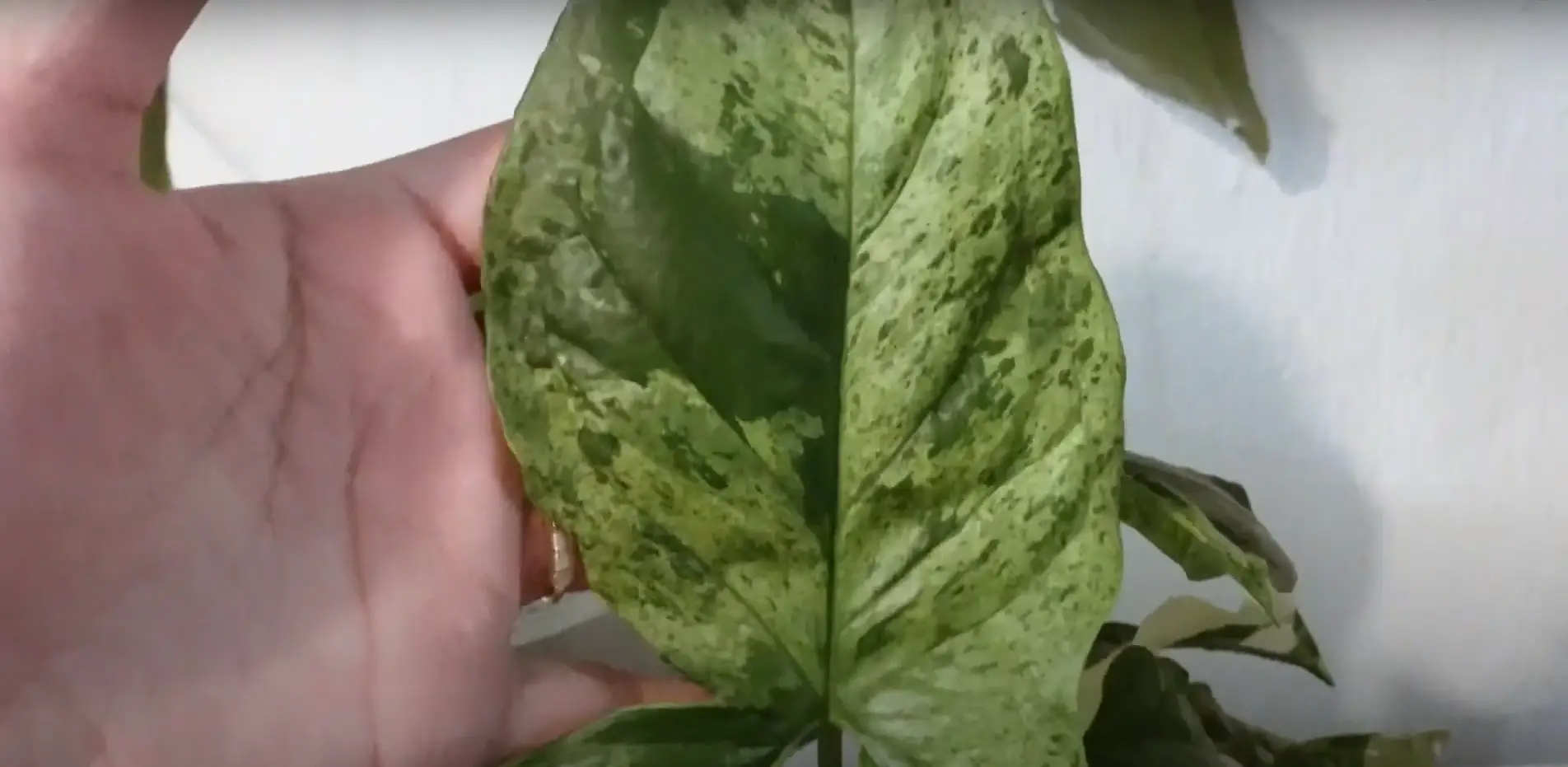
Pros and Cons of Lava Rock
Lava rock is a popular addition to gardens because of its attractive red, black, and brown hues. It is also relatively easy to install and comes in several sizes.
Pros:
- Low cost – Lava rock is relatively low-cost compared to pumice or other landscaping stones.
- Low maintenance – Lava rocks require no regular maintenance such as weeding or watering. This makes them an ideal choice for busy gardeners who don’t have the time to commit to thoroughly caring for their plants on a daily basis.
- Attractive look – The natural color of lava rocks gives gardens a unique aesthetic that can add visual interest to any backyard space. Plus, they come in various sizes which can be used to create interesting patterns and designs.
Cons:
- Not as effective at preventing weeds – Lava rock does not effectively prevent weed growth like organic mulch, and any seeds that land on the rocks will likely take root.
- Can retain heat – If placed in direct sunlight, lava rocks tend to absorb and retain heat, which could damage delicate plants or cause them to dry out quickly. It is important to consider the placement of lava rocks carefully to avoid this problem.
- Difficult to remove – Once installed, lava rocks are difficult to remove because they form a solid layer over the soil. This means gardeners who want to replant an area must dig up and dispose of the lava rocks first. [4]
Which One to Choose?
When it comes to choosing between pumice and lava rock for a garden, the decision will depend on several factors. Pumice is a lightweight volcanic rock that is made up of bubbles and cavities filled with gas. It has excellent water retention abilities due to its porous nature, which makes it great for gardens that require moisture-retaining soils. Lava rock is much heavier than pumice and consists of cooled molten lava from volcanoes. Lava rocks can be used in gardens as well, but they are known to be less effective at retaining water than pumice.
It is important to consider the purpose of the garden when deciding between pumice and lava rocks. If you are looking for a material that will help retain moisture in the soil then pumice is likely the better option since it has superior water retention properties. For gardens with heavier soils, lava rocks may be more suitable due to their weight and ability to act as an anchor for roots.
Ultimately, both materials can be used effectively in gardens depending on your specific needs and preferences. By taking into account factors such as cost, availability, and purpose when choosing between pumice and lava rocks, you can be sure to select the material that is best suited for your garden. [5]
FAQ
Is lava rock the same as pumice?
No, lava rock and pumice are different materials. Lava rock is created during volcanic eruptions when liquid magma cools and hardens. Pumice is created when frothy lava, called “felsic magma,” erupts and quickly cools and solidifies into gas-filled bubbles.
What are the benefits of using pumice in a garden?
Pumice has many benefits for gardens. It is highly porous, which helps to retain moisture in the soil while allowing excess water to drain away freely. This prevents root rot and other plant diseases caused by excessive moisture levels. Additionally, it has a low nutrient content so it won’t compete with plants for nutrients from fertilizers or composted matter. Finally, it is lightweight, which makes it easy to move and spread around the garden.
What are the benefits of using lava rock in a garden?
Lava rock has two main benefits when used in gardens. Firstly, it is very durable and can last for many years without needing to be replaced or replenished. Secondly, its jagged surface provides additional aeration to soil by creating small pockets of air that help promote healthy root growth and water drainage. Additionally, some plants may prefer the warmer temperatures created by lava rocks due to their heat retention properties.
Is pumice good for the garden?
In many cases, the answer is yes! Pumice is a type of volcanic rock that has been used for centuries to improve soil structure and drainage in gardens. It’s made up of tiny air-filled bubbles, so it can hold onto more water than other types of rocks like lava rock. This makes pumice an excellent choice for garden soils since it helps keep moisture in while providing good aeration. Additionally, its porous nature allows it to absorb nutrients and add minerals to the soil as well. In contrast, lava rock isn’t very effective when used in gardening. Lava rock has little nutritional value and does not have the same ability to absorb water or any other beneficial elements. Since it’s highly dense and not full of tiny pockets like pumice, it doesn’t promote good drainage.
What are the disadvantages of pumice soil?
Pumice soil is lightweight, making it more prone to erosion and wind displacement. It doesn’t retain water well either, so you may need to water your garden frequently. Additionally, the pieces of pumice can easily be moved around by animals or people walking through the area. So if you’re planning on having a lot of foot traffic in your garden, pumice might not be the best option. Additionally, pumice does contain some nutrients that plants need but not in significant amounts for optimal growth. For this reason, you’ll likely need to supplement with additional fertilizers or compost when using pumice as a soil amendment. Finally, since it is very porous, it can cause drainage issues if not used correctly.
Is lava stone good for plants?
Lava rock is a popular choice with gardeners for its ability to provide excellent drainage and aeration to the soil. Its porous structure allows water, air, and nutrients to reach plant roots more easily, helping them grow faster. Unlike many other types of stones, lava rock does not attract or hold onto salts in the soil, nor does it release chemicals that could damage plants. It’s also resistant to freeze-thaw cycles and stays cooler during hot summer days than other rocks like pumice. However, although lava rock can be beneficial for gardens in some ways, it may not be the best option for all plants due to its high alkalinity level. This means that while it won’t damage root systems directly, its pH could cause issues with some types of plants, so it’s important to check the pH levels of any garden soil before using lava rock as a mulch. On the other hand, pumice is made up mostly of volcanic ash and glass that has been blasted into tiny pieces. It’s incredibly lightweight and very porous, making it even better than lava rock for draining and aerating soil. Its unique structure also makes it more effective at holding onto moisture than most other stones, meaning plants won’t need to be watered as often.
How to use pumice?
Pumice is a light, porous volcanic rock that can be effectively used in the garden. It provides excellent drainage and aeration for soil and helps to improve plant growth. Pumice also works well as a mulch or soil amendment, as it helps to absorb moisture while still allowing air and water to pass through its structure. This makes it ideal for use around trees, shrubs, and other plants with high water needs. In addition, pumice has some natural disease-fighting properties which help protect against certain pests such as root-knot nematodes. When using pumice in your garden, it’s important to make sure you have the right sized pieces for the job at hand; too biarge pieces can block water flow, while too small pieces may not provide enough aeration. Pumice also has some natural nutrient-holding capacity and can help to increase the availability of certain minerals in the soil. It’s a great choice for use in container gardening or raised bed gardening, as it helps to reduce compacting and keeps plant roots from becoming bound by heavy clay soils. Finally, pumice is also very affordable and easy to find at most garden supply stores. Overall, pumice is an excellent choice for any garden because of its light structure, ability to improve drainage and aeration, and natural disease-fighting properties.
Useful Video: Growing plants in PUMICE and LAVA ROCK
Conclusion
When it comes to deciding which material is better, pumice or lava rock, for use in the garden, there are several factors to consider. Pumice has a higher capacity for nutrient and water retention than lava rock does; it also requires less maintenance over time. However, if you have hard soil that needs aeration and drainage, then lava rock may be the better choice. Ultimately, the decision will depend on your particular soil type and gardening needs. Both materials can be effective in certain circumstances but understanding the differences between them will help you make an informed choice about which one would work best in your unique situation.
No matter which option you choose, either pumice or lava rock can offer plenty of benefits for your garden. With proper research and consideration of your individual needs, you can make the best decision for your home and ensure that your garden is healthy and thriving.
Happy gardening!
References:
- https://gardeniaorganic.com/pumice-vs-lava-rock-for-plants/
- https://thegardenprepper.com/pumice-vs-lava-rock-for-plants/
- https://www.growveggy.com/b/pumice-vs-lava-rock/
- https://gardenguider.com/pumice-vs-lava-rock/
- https://www.houzz.com/discussions/3563803/pumice-vs-lava-rock





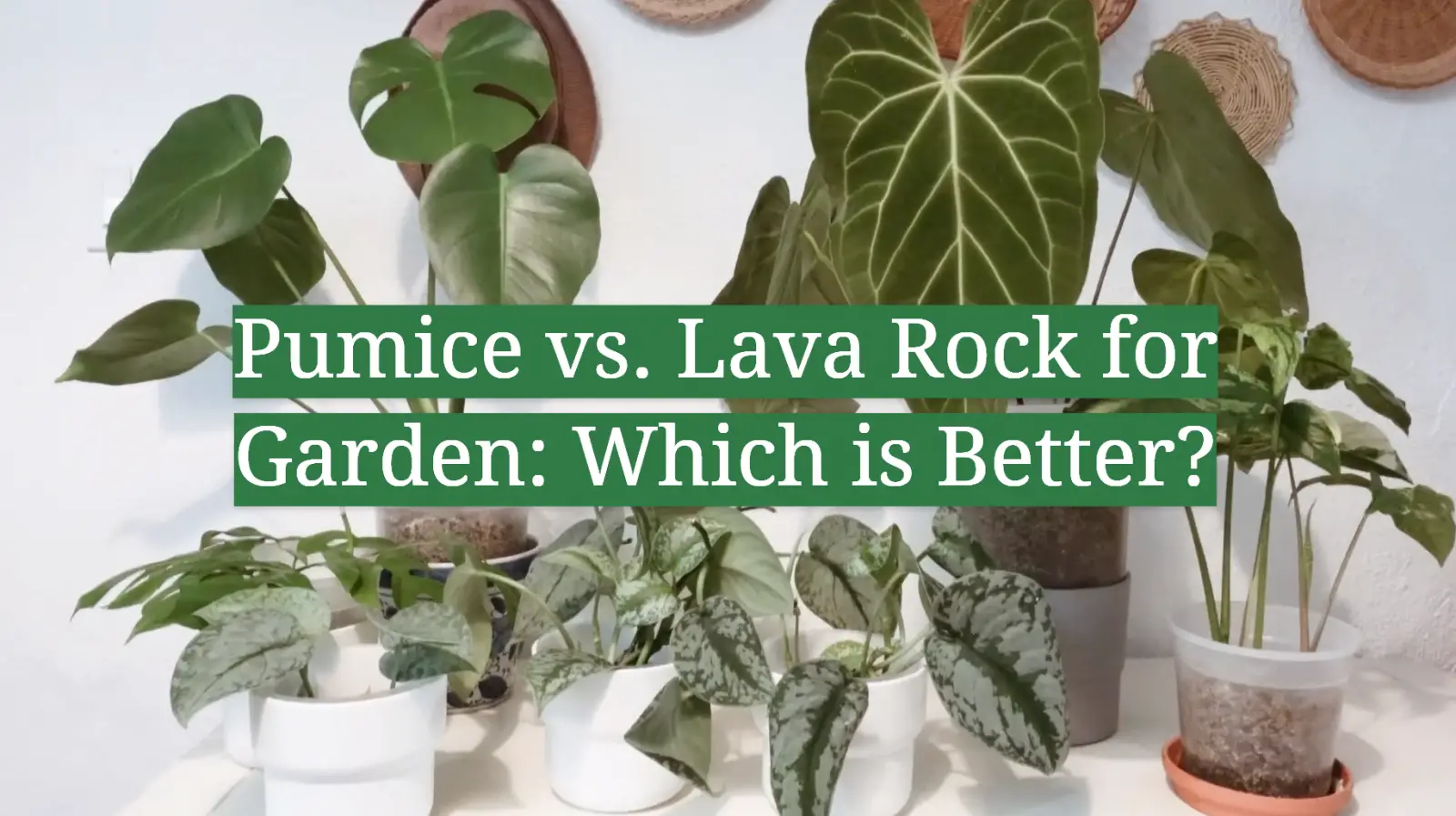
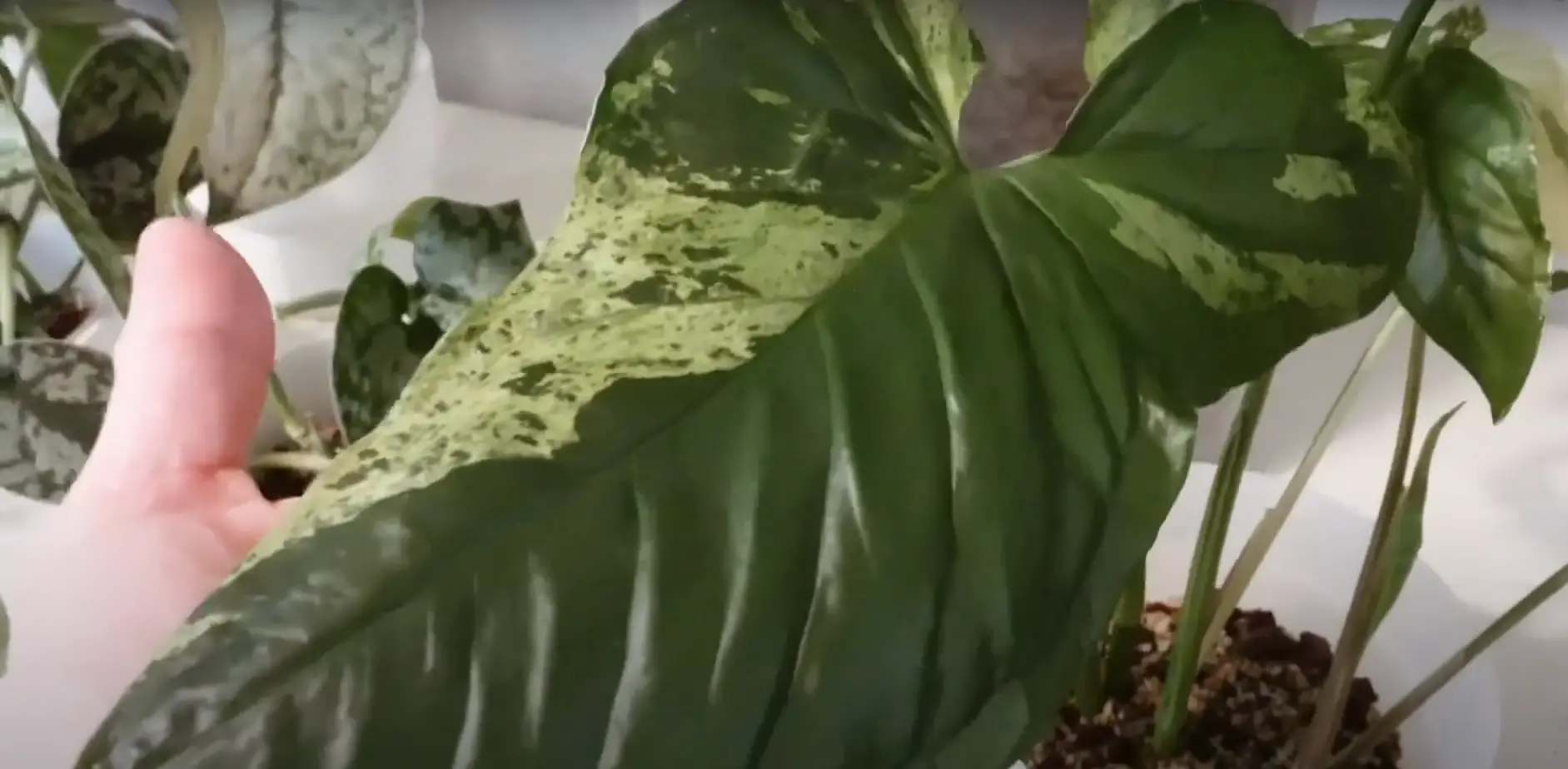
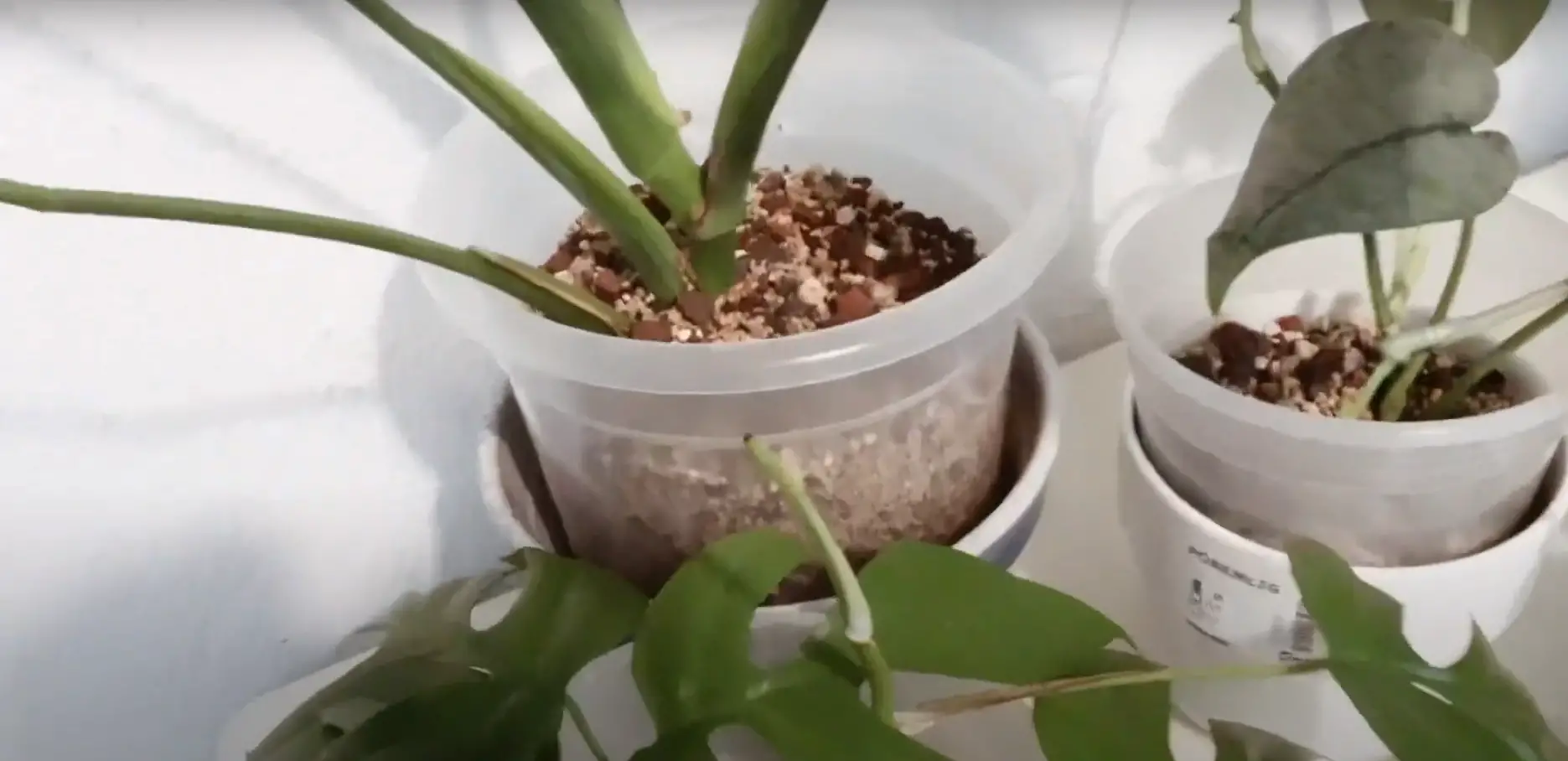
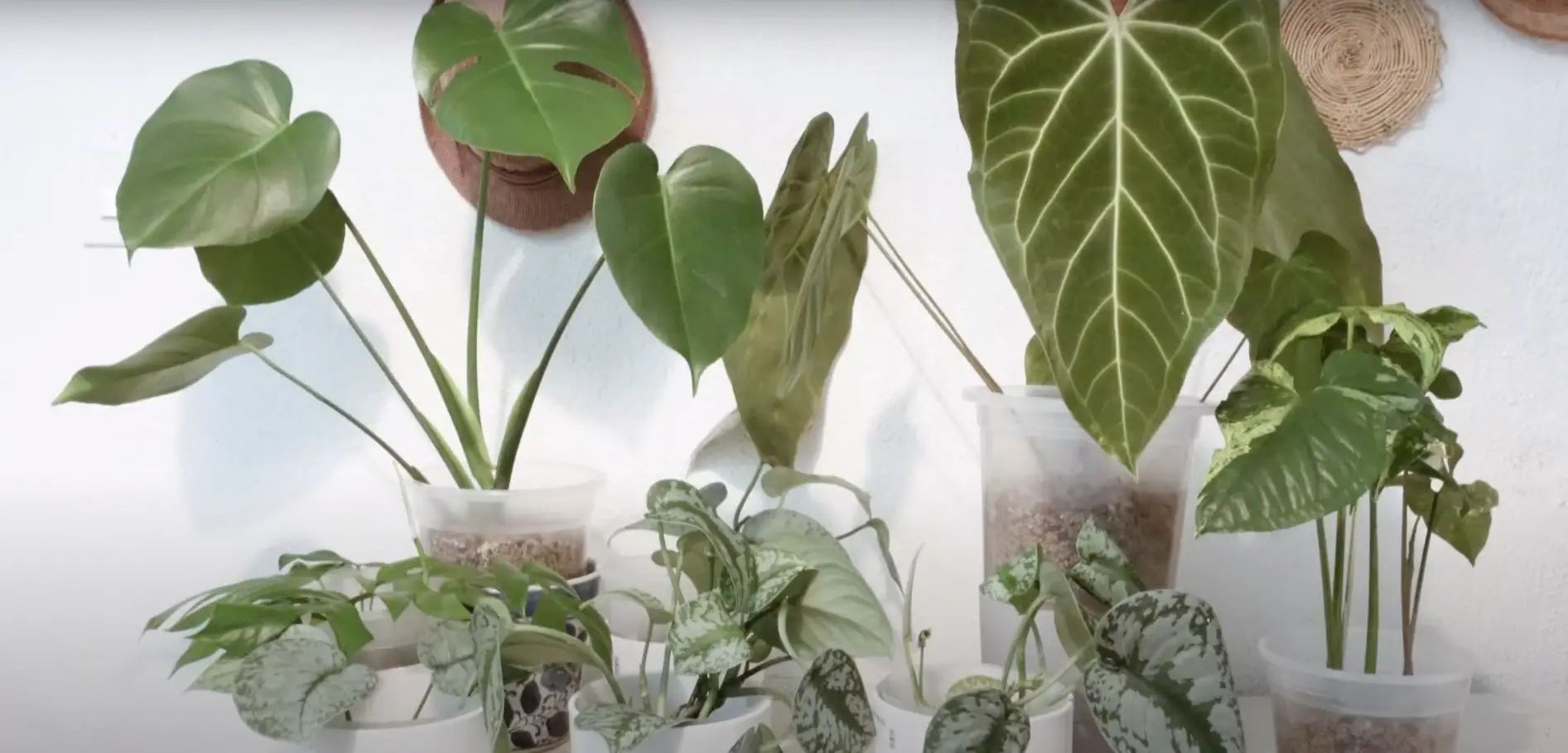

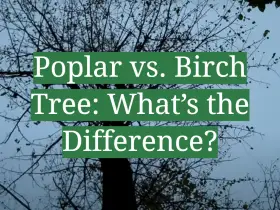

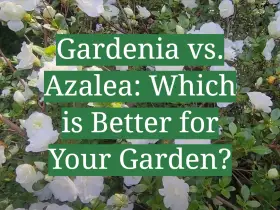
Leave a Reply
View Comments